Water Supply and Treatment
Nanaimo's water supply and treatment system is well-developed and carefully managed to ensure a sustainable and clean water source for the community. Our mandate is to provide and sustain an adequate supply of good clean water, now and into the future. This is made possible through the development and use of programs that include long-range planning, system operation, system maintenance and capital works. The mains goals of the City’s water resource are to:
- Plan for continued population growth,
- Help protect the environment,
- Manage aging infrastructure and,
- Build resilience to climate change and emergencies.
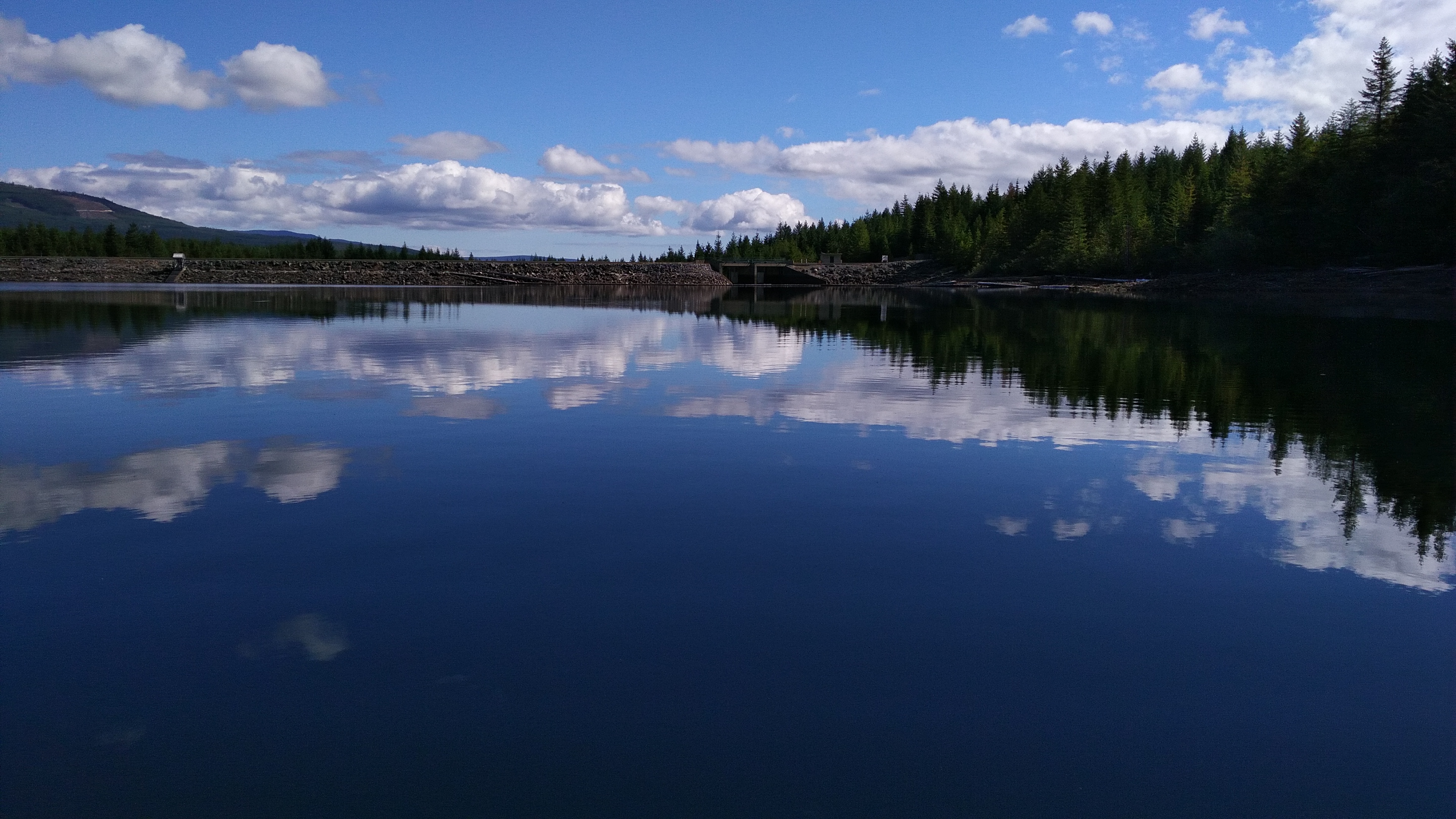
Most of us seldom consider where our water comes from or how, but the reality is, as our population grows, so does our demand for water. We therefore need to carefully manage and wisely use our water.
Our Water Source
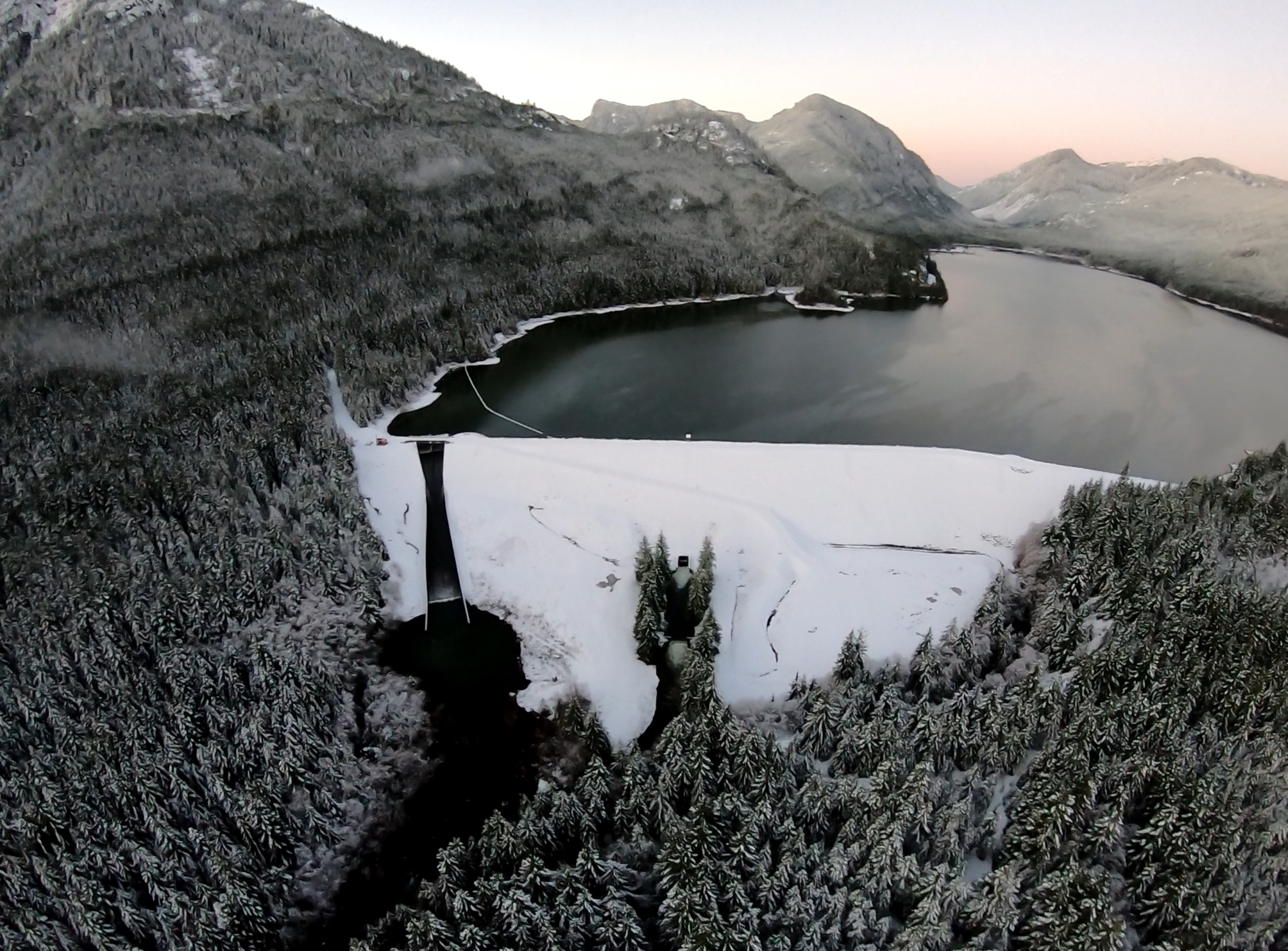
The City’s water comes from the South Nanaimo River Watershed, covering over 200 square kilometers of catchment. The City of Nanaimo owns and operates two water supply dams that store water to ensure consistency of supply throughout the year and release water to maintain the environmental health of the river. The highest dam, Jump Lake, impounds approximately seventeen million cubic meters of water and provides active storage, meaning that the level fluctuates over the course of the year. The lower dam, South Fork, impounds approximately two million cubic meters of water. The City’s water intake is at the South Fork Dam and the water level at the dam is maintained to provide a consistent level and supply pressure to the South Fork Water Treatment Plant.
Watershed Protection
Strict access limitations and a partnership with Mosaic Forest Management helps protect the watershed from human contamination and other pollutants.
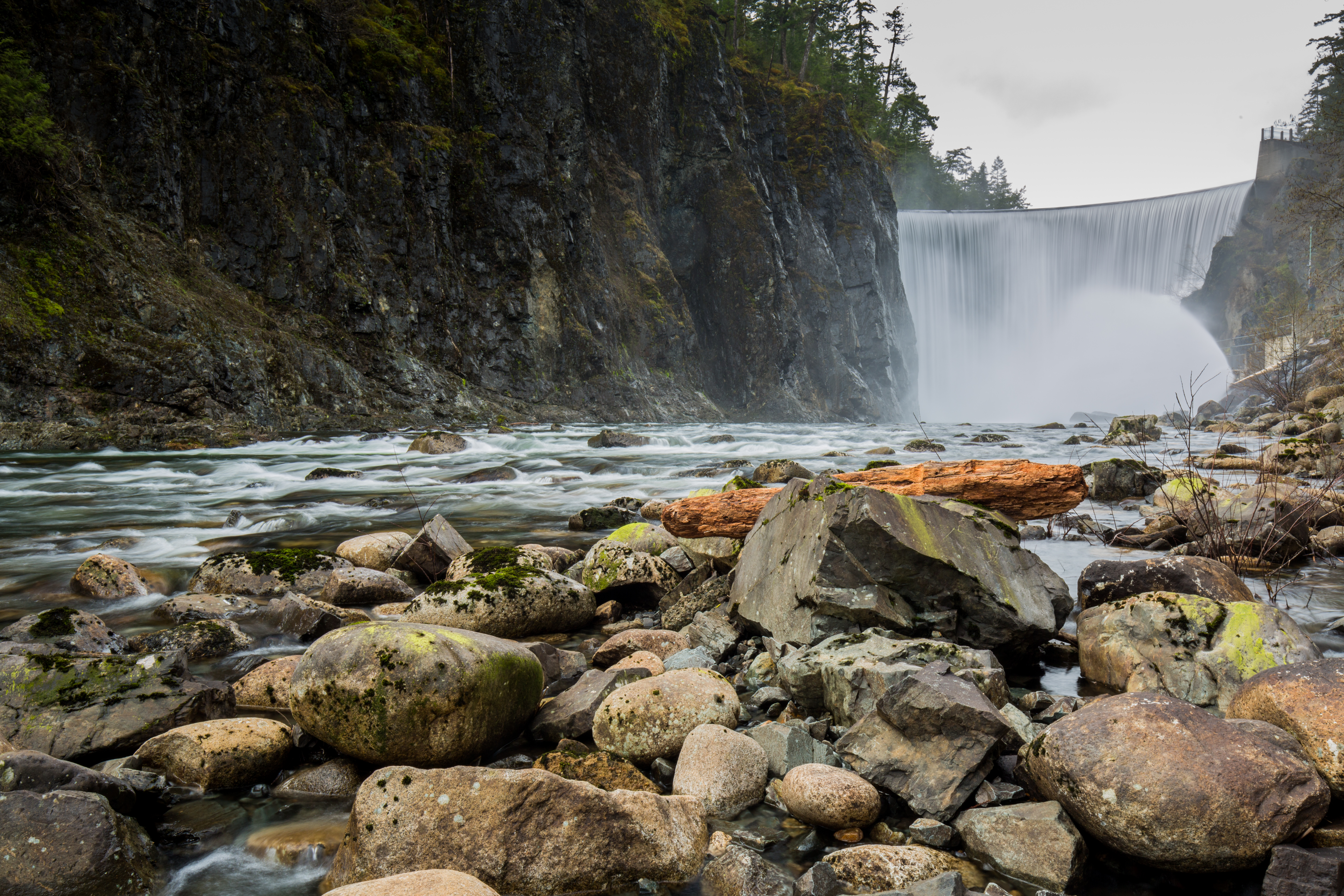
Transportation and Treatment
Water is transported to Nanaimo, Snuneymuxw First Nation, The District of Lantzville and the Community of Extension through a complex network including dams, supply pipelines, the South Fork Water Treatment Plant, balancing reservoirs, pumping stations, and distribution mains.
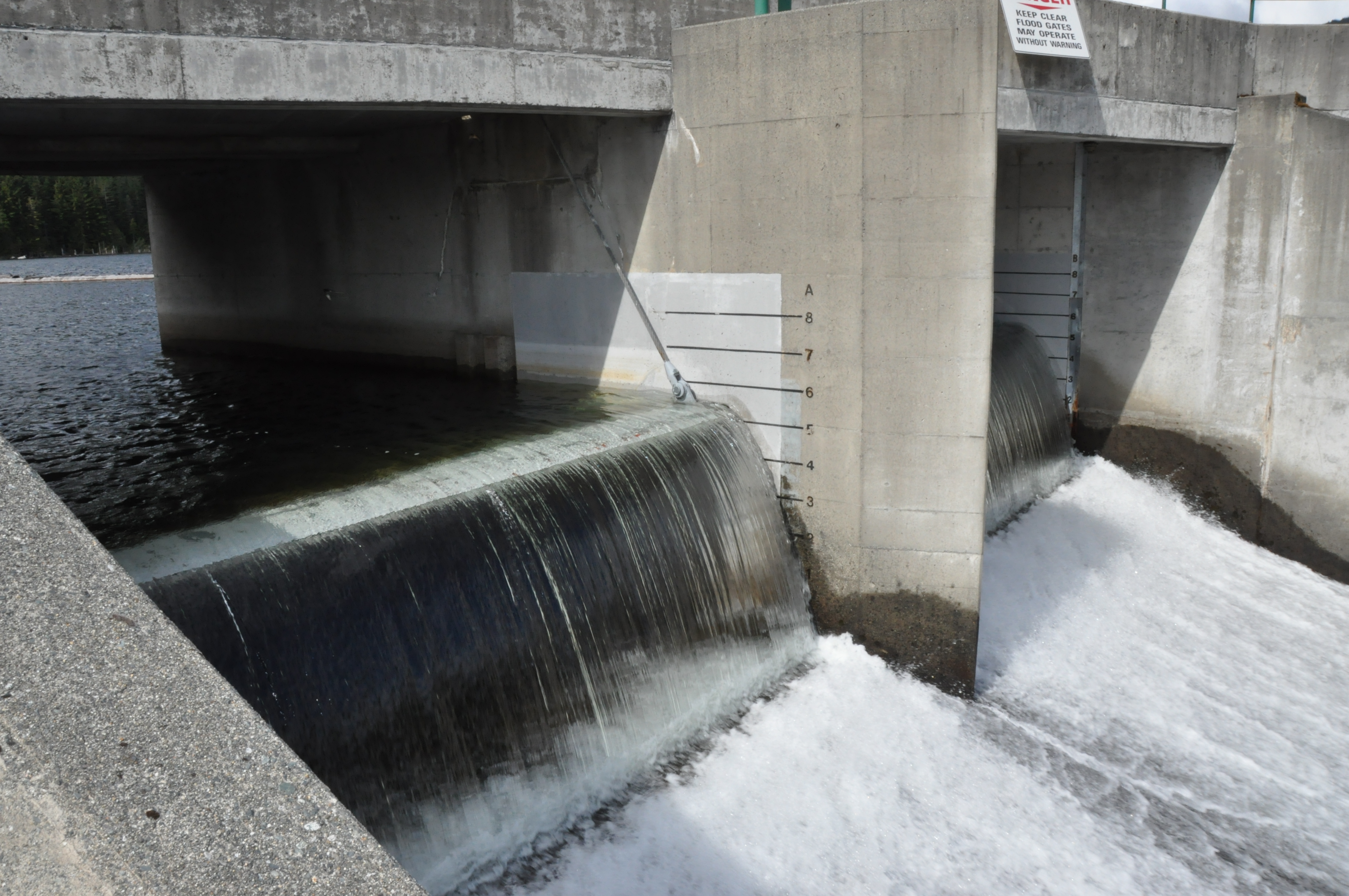
Self Sustaining Operation
Nanaimo's water system is operated on a self-sustaining basis, with current water rates and development charges covering usage, maintenance, new capital projects, and administration. Water rates are set at an expanding block rate to encourage water conservation.
Historical Water Management
Nanaimo’s first public water system began just five years after the City was incorporated when, in 1879, the Vancouver Coal Company built the first wooden pipes to deliver water to the public from a spring on Wesley Street. Significant progress was made when the City acquired water licenses for the Nanaimo River and built the South Fork Dam in 1930, setting a new benchmark for the public water utility. The concrete arch dam, which measures 50 meters across, stands 30 meters high and retains nearly 2 million cubic meters of water in South Fork Lake.
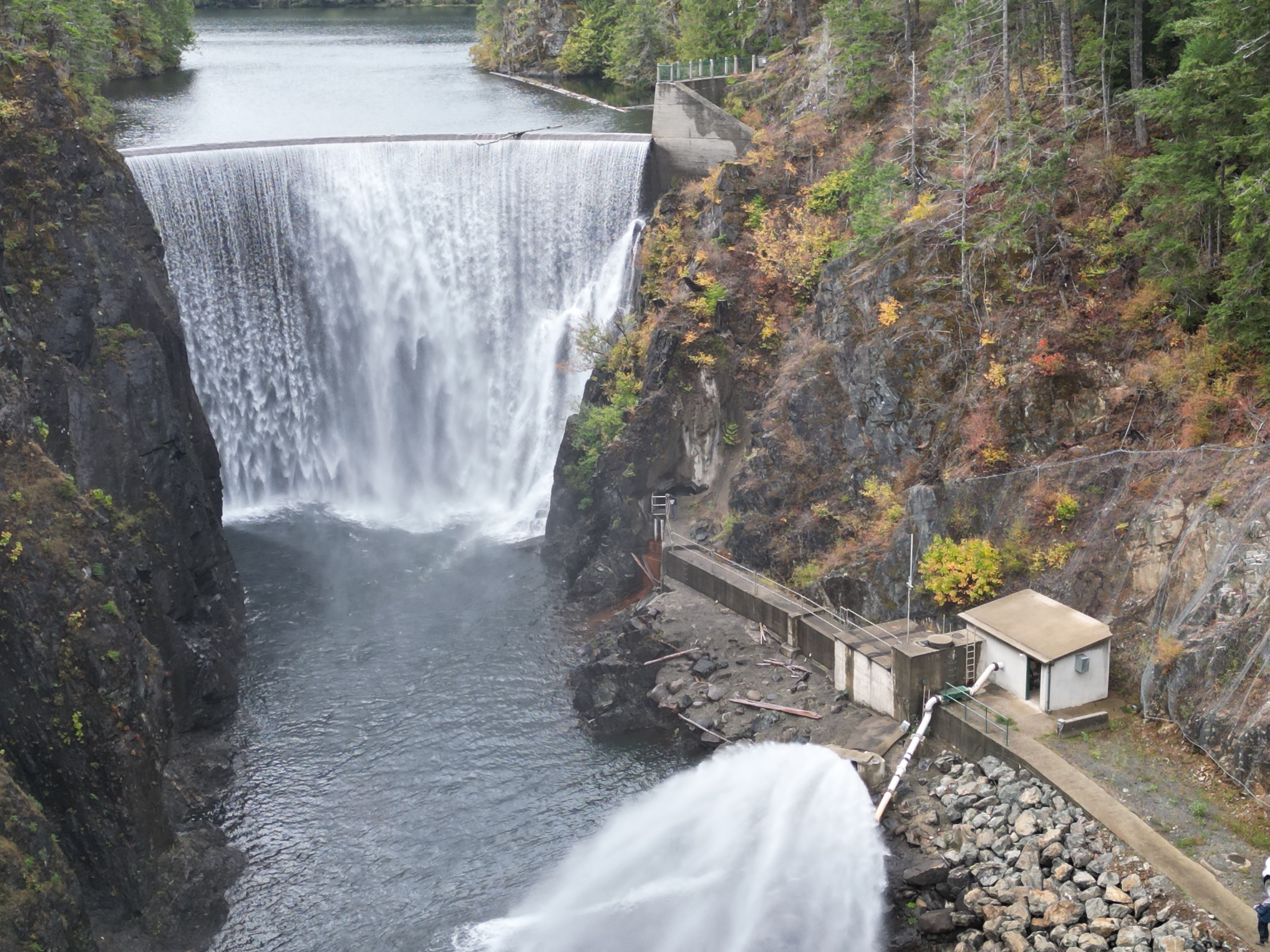
From the South Fork Dam, the water supply travels through parallel pipelines. The smaller of the two (a 750 mm diameter steel pipe) was constructed in 1954 and supplies up to 50,000 cubic meters of water per day. As demand increased, a second larger pipeline (a 1,200 mm diameter steel pipe) was constructed in sections, on an as-needed basis. Completed in 1993, this pipeline increased the volume capacity to 240,000 cubic meters per day. Keeping pace with Nanaimo’s growth and increased requirements for water, the Jump Creek Dam was constructed above the South Fork in the early 1970’s. Floodgates were added to the dam’s spillway, which increased storage by 50%, to a total of 17 million cubic meters.
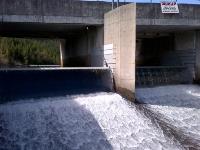
Nine balancing reservoirs are located throughout the city to meet peak domestic demand and emergency fire flows. Emergency fire flows can exceed supply system capacity and draw reservoirs down for several hours. To serve the growing north end of the city, the first balancing reservoir was constructed at Lost Lake in 1969, followed by reservoirs at College Park and Rutherford Road. Additional reservoirs and pipelines were built at Duke Point Industrial Park, Langara Drive, and Tanya Drive to meet heavy growth in the 1980’s.
Continued growth of the City’s population resulted in the construction of another new reservoir in the Village of Extension in 2010. More recently in 2014, the City replaced the open reservoir on Nanaimo Lakes Road with a new reservoir and energy recovery facility. The City generates revenue daily by selling electricity back to BC Hydro as the reservoir fills up with potable water.
In April 2016, the City officially opened the South Fork Water Treatment Plant.
In addition, snow-pack and rainfall information is monitored by two automated measuring systems located in the watershed. This information is used to forecast stream flows and regulate the floodgates for summer storage. Overall, Nanaimo's water management system reflects a proactive approach to ensure a sustainable, clean water supply for both current and future needs.
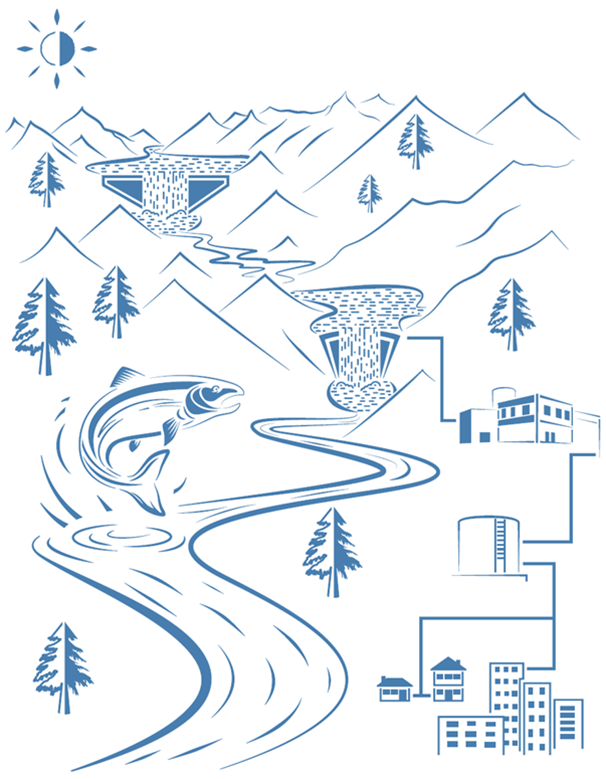
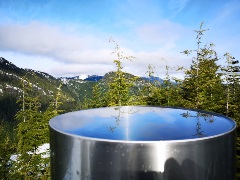
Last updated: June 12, 2025
Give feedback on accessibility. Submit your feedback through our online accessibility feedback form. Help us understand barriers people face when accessing City services.
You can attach files to help explain the barrier you faced in the form, like: a video, voice recording or photos. If American Sign Language (ASL) is the best way for you to communicate, upload a video of yourself using ASL into the form.
Please include: what you were trying to access, where the barrier happened, what the barrier was and any recommendations you might have.
Help us improve our website
Important Information About Privacy
Information collected on this form is done so under the general authority of the Community Charter and Freedom of Information and Privacy Protection Act (FOIPPA), and is protected in accordance with FOIPPA. Personal information will only be used by authorized staff to fulfill the purpose for which it was originally collected, or for a use consistent with that purpose.
For further information regarding the collection, use, or disclosure of personal information, please contact the Legislative Services Office at 250-755-4405 or at foi@nanaimo.ca
-
Parks, Rec & Culture
- Recreation Facilities & Schedules
- Parks & Trails
- Activity Guide
- Events
- Register for a Program
- Drop-In Schedules
- Public Art
- Culture
- Poetry
-
City Services
- Garbage & Recycling
- Home & Property
- Water & Sewage
- Online Services
- Cemetery Services
- City Services Directory
-
Property & Development
- Urban Forestry
-
Building Permits
- Online Building Permit Application
- Building Permit Revision
-
Application for a Residential Building Permit
- Access (driveway) Permit
- Accessory Building Permit
- Alteration Permit
- Building Envelope Repair
- Carriage House
- Demolition Permit
- Fence or Retaining Wall Permit
- Geotechnical Reports
- Locate Permit
- New Construction Permit
- Plumbing or Services Permit
- Secondary Suite Permit
- Special Inspection Permit
- Swimming Pool Permit
- Woodstove Installation Info
- Green Home Initiatives
- Building Three/Four Dwelling Units
-
Apply for a Commercial Building Permit
- Access (driveway) Permit
- Commercial Alteration Permit
- Building Envelope Repair Permit
- Demolition Permit
- Fence or Retaining Wall Permit
- Geotechnical Reports
- Leasehold Improvement
- Locate Permit
- New Commercial Construction Permit
- Occupant Load Permit
- Signs Permit
- Special Inspection Permit
- Sprinkler Requirements
- Fees and Bonding
- Commercial Plumbing Permit
- Certified Professional Program
- Bylaws for Building
- Forms and Guidelines
- Book a Building Inspection
- Report Illegal Construction
- Request Building Plans
- Building Permit Statistics
- Permit Fee Calculator
- Building News and Alerts
- Fast Track Building Permits
- Development Applications
- What's Building in my Neighbourhood
- Development Activity Map
- Community Planning
- NanaimoMap
- Rebates
- Engineering Survey
- Land Use Bylaws
- Soil Removal and Depositing
- Heritage Buildings
- Sustainability
- Transportation & Mobility
-
Your Government
- Get Involved
- Government Services Guide
- News & Events
-
City Council
- Advocacy
- Contact Mayor & Council
- Council Meetings
-
Boards & Committees
- Advisory Committee on Accessibility and Inclusiveness
- Board of Variance
- Design Advisory Panel
- Finance and Audit Committee
- Governance and Priorities Committee
- Mayor's Leaders' Table
- Parcel Tax Roll Review Panel
- Special District 68 Sports Field and Recreation Committee
- Public Safety Committee
- Understanding Council Committee Structures
- Council Policies
- Mayor's Office
- Council Initiatives
- Proclamations
- Bastion Lighting Requests
- Alternative Approval Process
- Budget & Finance
- Records, Information & Privacy
- Elections
- Contacts
- Careers
- Maps & Data
- Projects
- Tourism Nanaimo
- Grants
- Awards
- Accessibility & Inclusion
-
Doing Business
- Economic Development
- Doing Business with the City
- Business Licences
- Filming in Nanaimo
- City Owned Property
- Encroachments onto City Property
- Liquor Licences
- Cannabis Retail
- Business Improvement Areas
- Procurement Services
- About Nanaimo
- Green Initiatives
-
Public Safety
- Public Safety Contacts
- Nanaimo Fire Rescue
- Emergency Management
- Police & Crime Prevention
- City Bylaws
- Community Safety and Wellbeing
- Emergency Services

